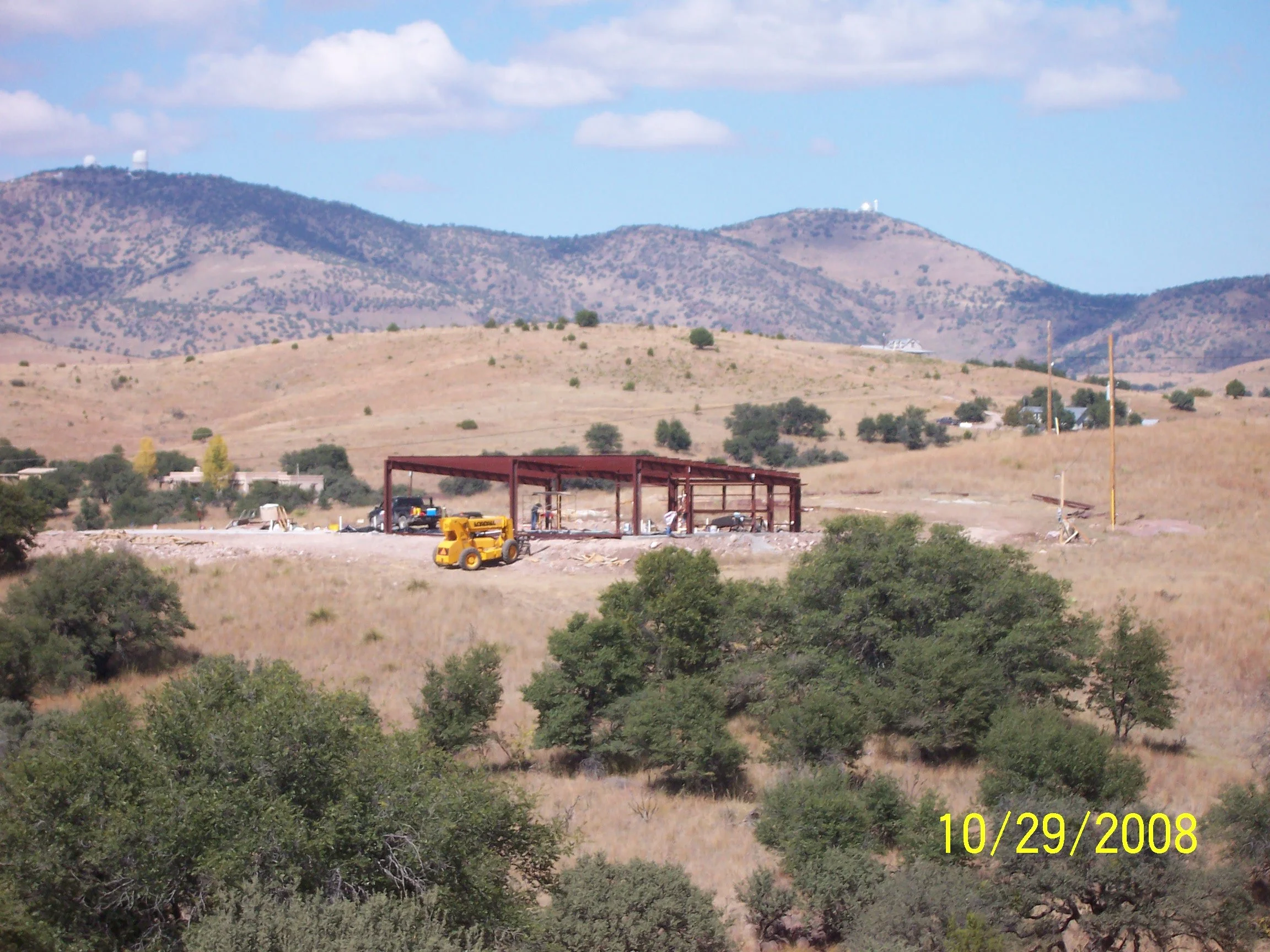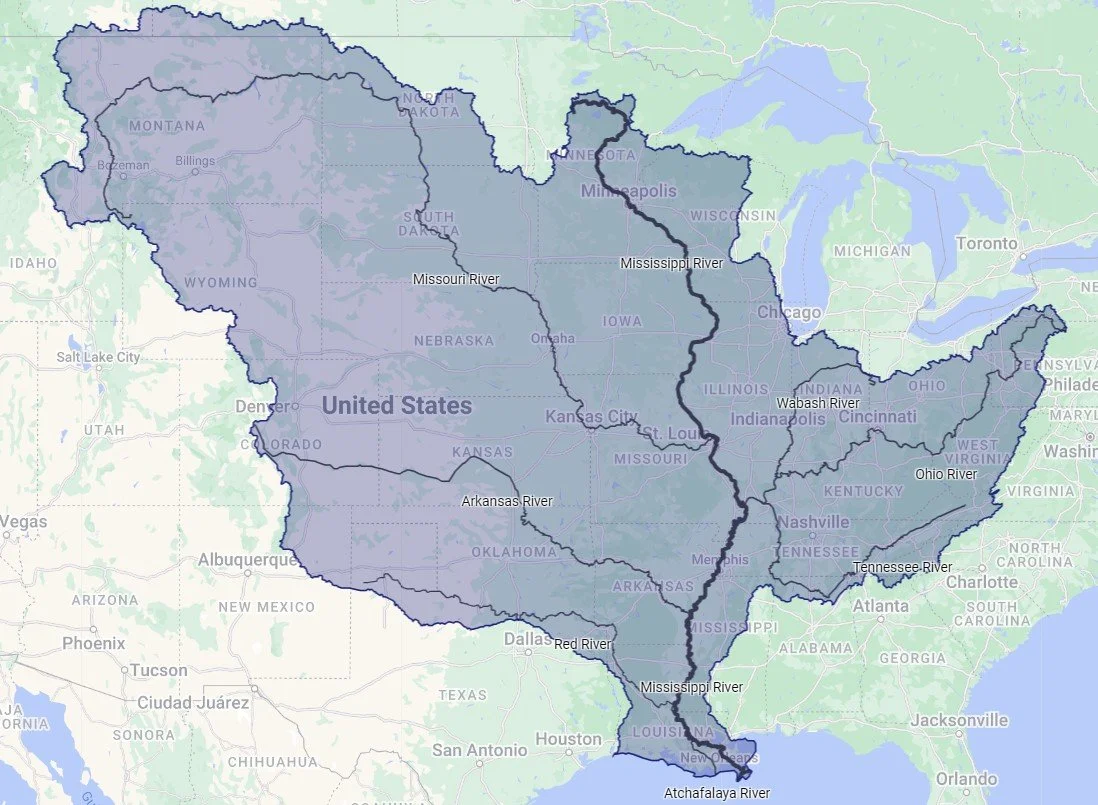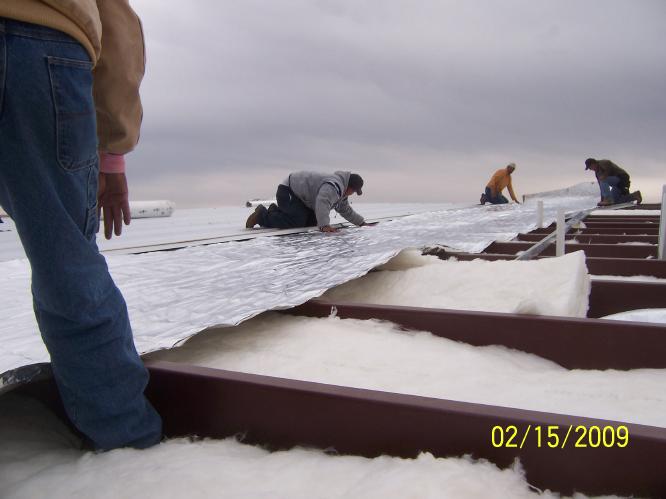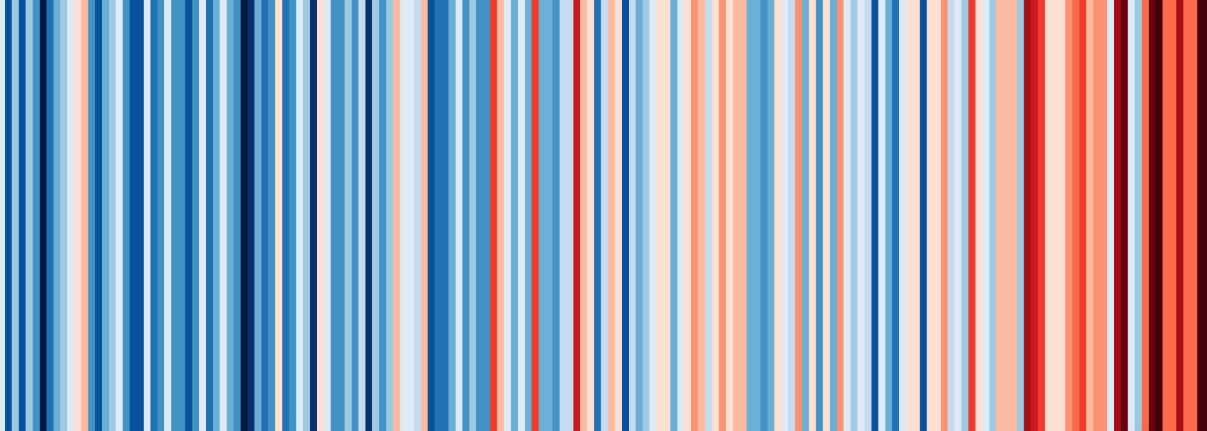
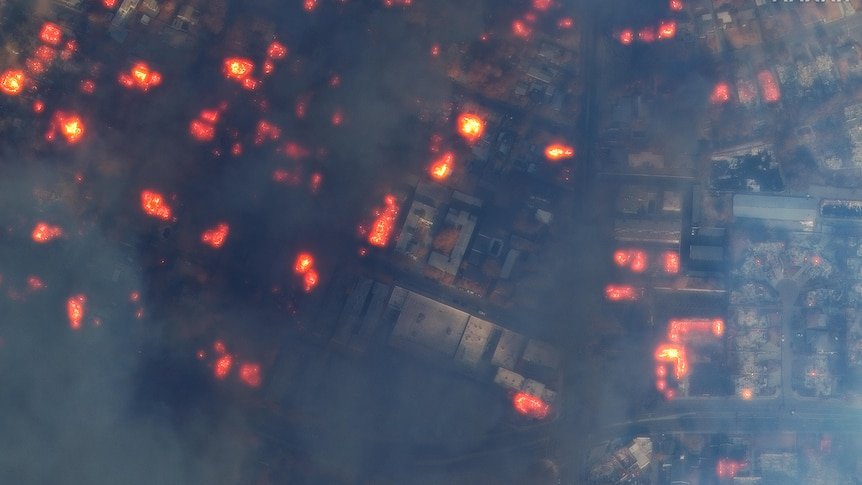




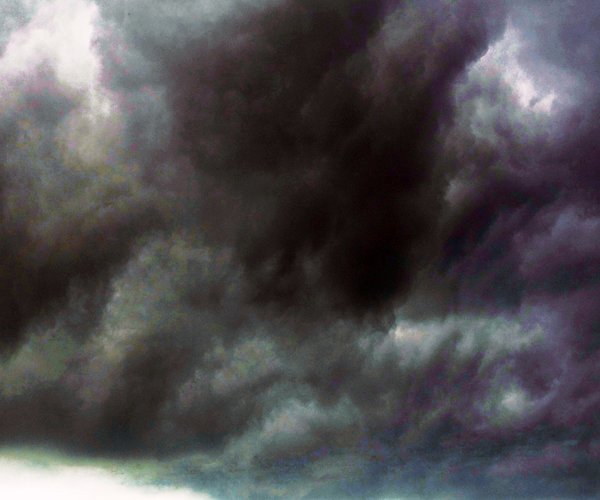
Welcome to Category-5
The first step to safety during climate breakdown is grasping its massive scale. Storms are larger and more frequent, winds are stronger and waters reach higher. Fast-moving floods and fires wreck towns and cities. Difficulties of all kinds compound each other.
To some, building a home to handle those challenges seems an obvious decision.
Category-5 Responds
The Cat-5 system is based on direct experience with hurricanes Alicia, Rita, Ike, Harvey, and Beryl, storms like Allison, and the impacts of hurricane Katrina as well as work in storm, flood, fire, and drought-threatened locations. Dozens of projects have taught us about building climate security in locations from Colorado to Texas and Louisiana.
Like conventional homes our system is made of standard pieces; like modular construction it’s a system of systems; and like custom homes it’s devoted to owners’ exact specifications. It’s a hybrid solution to the hybrid challenges of climate change, using well known methods and materials to reach greater durability and efficiency than any other type.








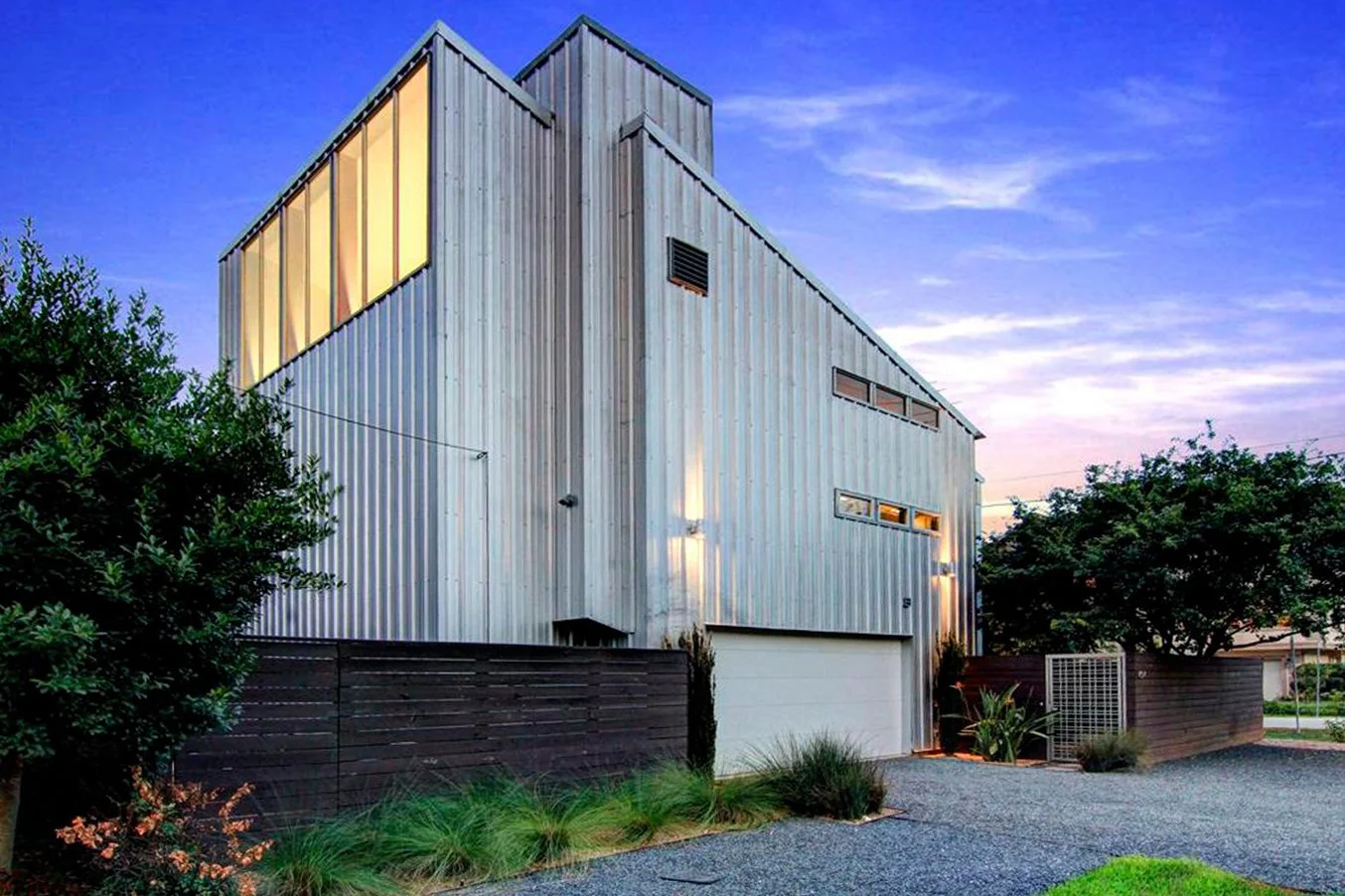

Category-5 is Keyed to Four Critical Goals
STRENGTH
Structures need engineering to outmatch winds of up to Category-5 on the Saffir-Simpson Scale (=157 mph), depending on location
ELEVATION
Homes must be sited and designed to ride above potential floods
DURABILITY
Building envelopes must resist fire and decay, and be fabricated from modern, warranteed materials
SUSTAINABILITY
Materials with high carbon overhead (CO2 emissions) should be reduced, substituted or eliminated
Minimize concrete
Source steel from low emission mills
Designs should maximize solar, wind and rainwater harvests, and provide off-grid water, power and communications whenever and wherever possible
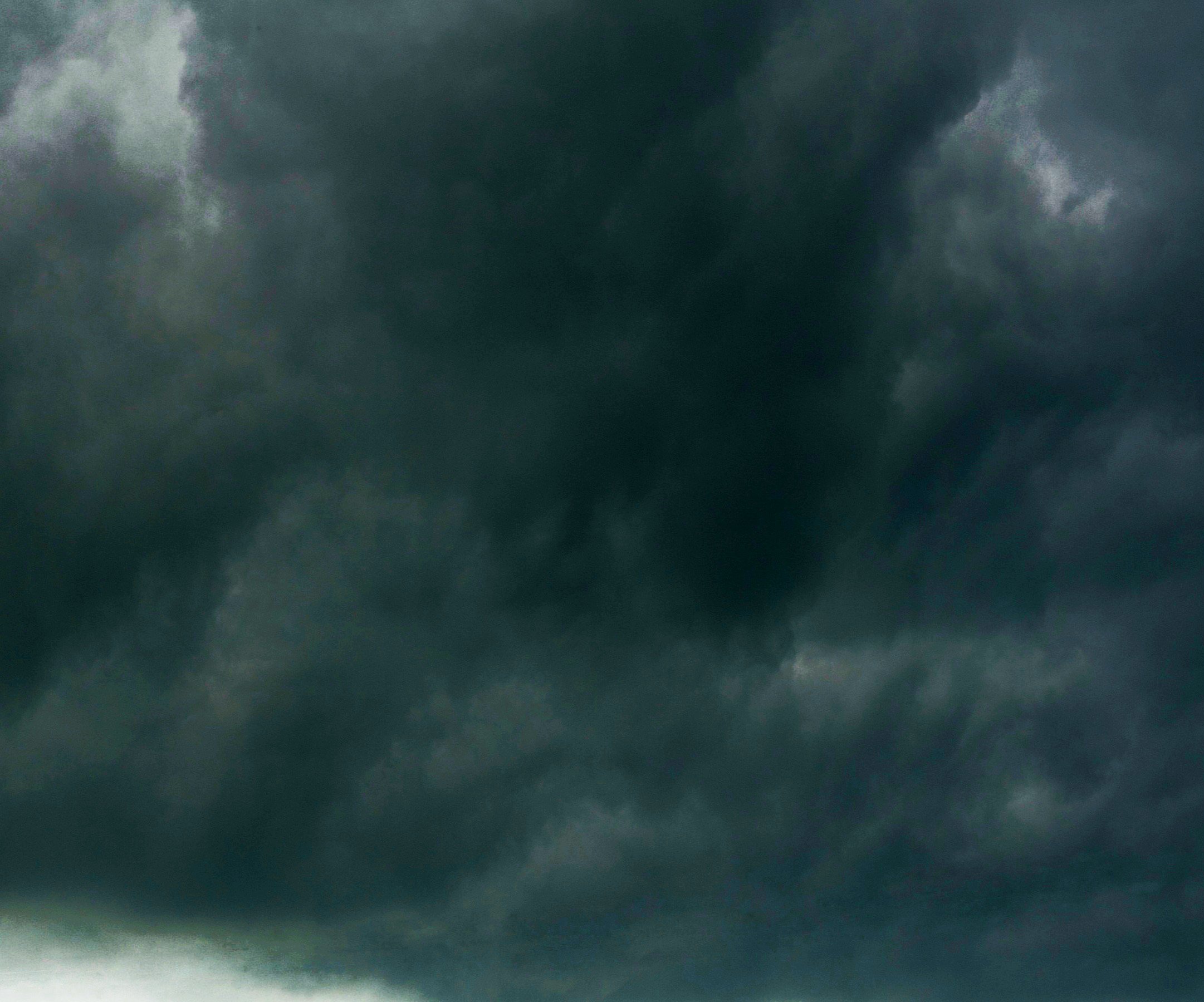
Where Build a Climate Defense House?
The Cat-5 is suited to any urban, suburban or country location that’s likely to face fires, floods, or major storms, or where the local climate promotes mold and decay. It’s especially well-suited to ocean and riverfront locations, and virtually anywhere in the Mississippi and Missouri watersheds, as well as arid areas in the west and southwest US.

Design


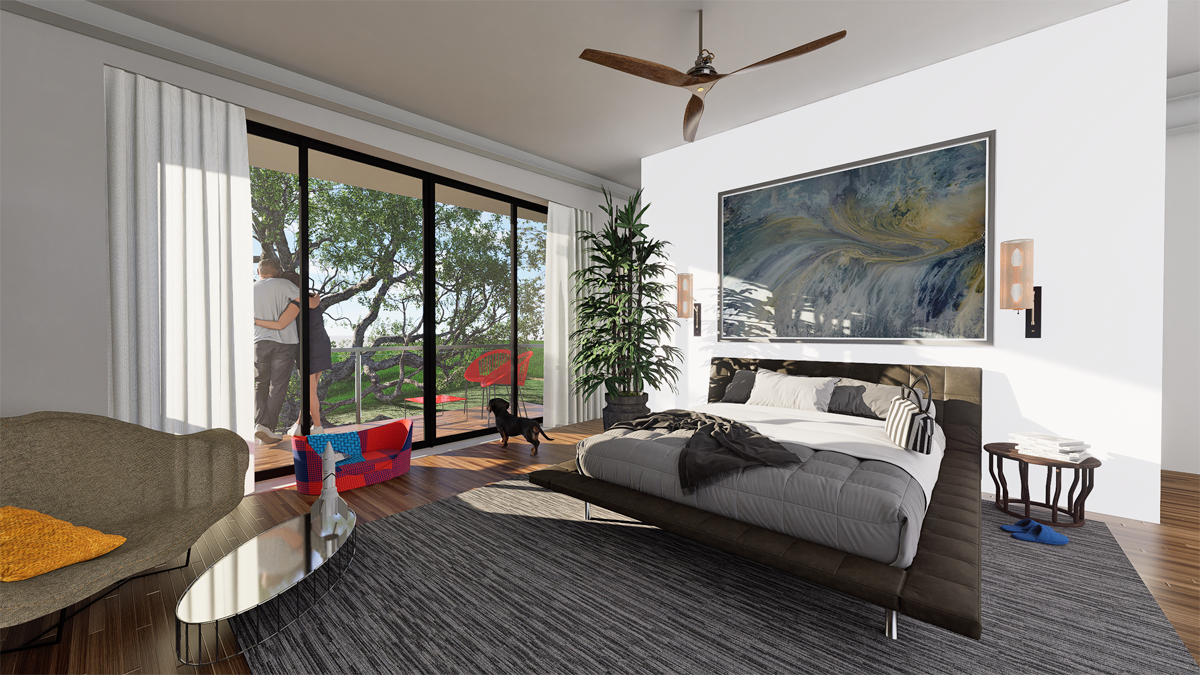
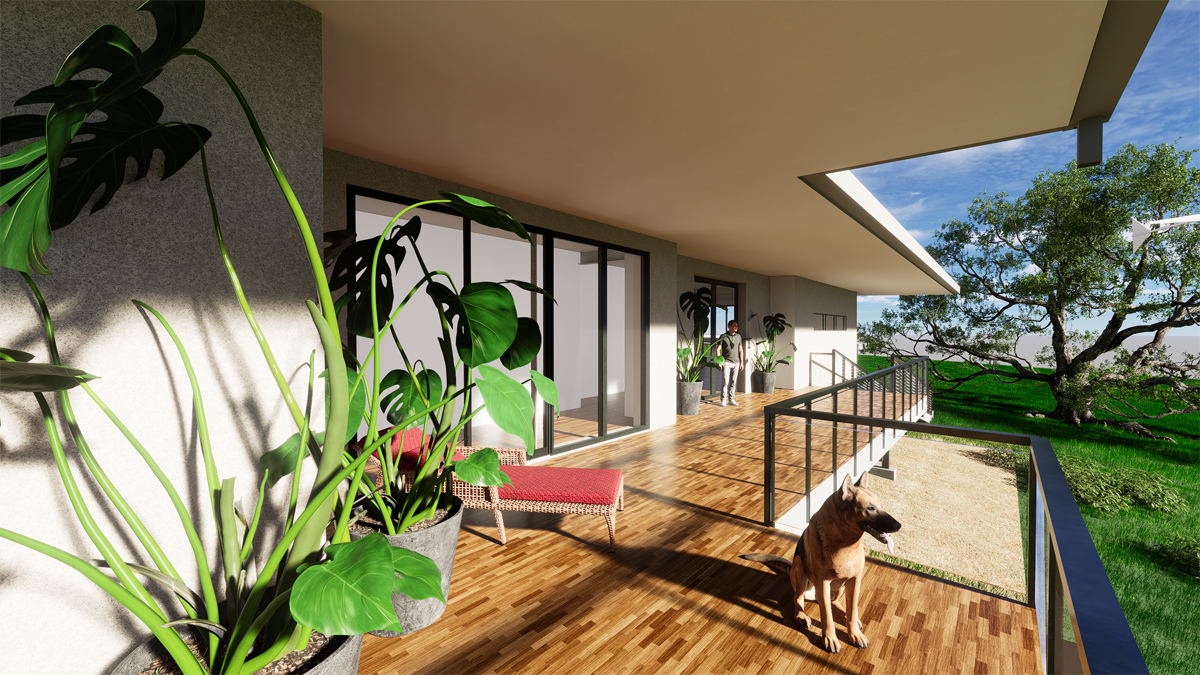
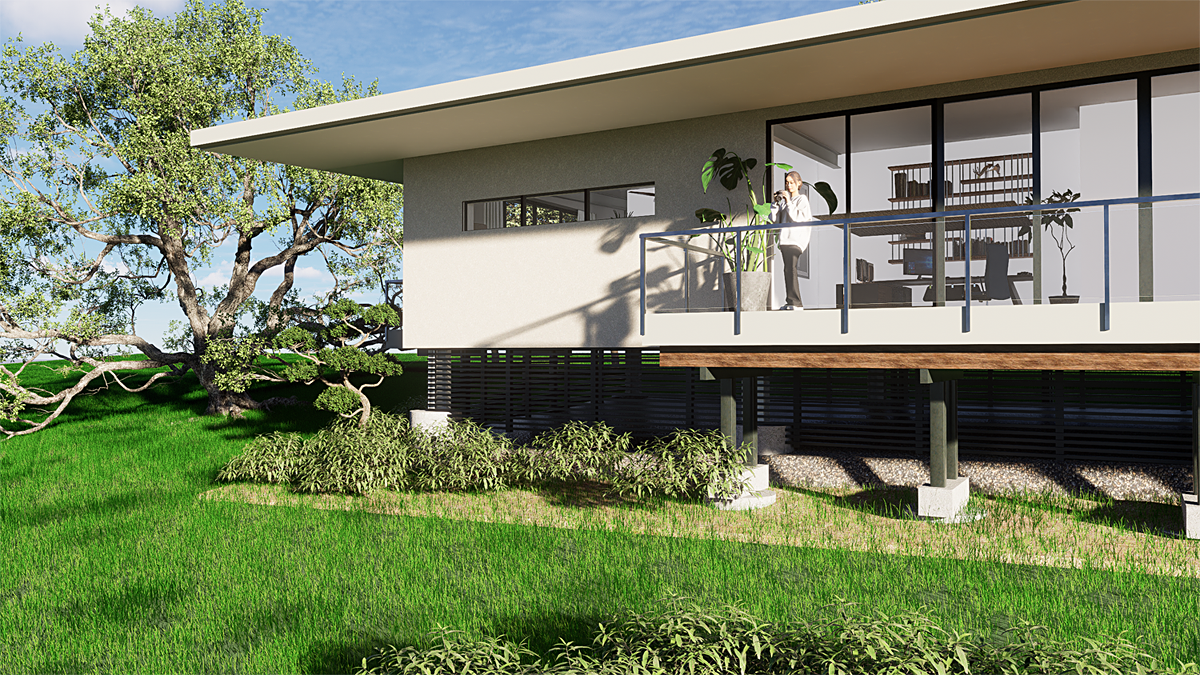









Category-5 Answers Climate Breakdown
Super strong framing and extreme insulation counters strong winds and high temperatures
Elevation to 60”+ above grade helps protect from floods and high water
Conservative engineering and proven materials assure permanence, durability and storm resistance
Classic, efficient “bay” sizes can be customized to suit virtually any design concept
Our devotion to “Climate Safety” equates to structures with 25% less embodied carbon than for a typical stick-framed houses of comparable sizes
R-10 RADIANT BARRIER
BLOWN INSULATION
R-54+ WALL SYSTEM
R-48+ ROOF SYSTEM

Process
Cat-5s are produced one by one, one after another, in coordinated steps:
Assess likely hazards from weather and site conditions
Inventory plants and wildlife, utilities and roads, and available emergency services and points of access
Reflect critical needs and goals in documents shared among owners, designers, engineers and contractors
Synthesize a building design from all inputs
Category-5 involvement can extend to supervising contracts, and purchases of materials, doors and windows, insulation, and interior kitchen and bath modules.
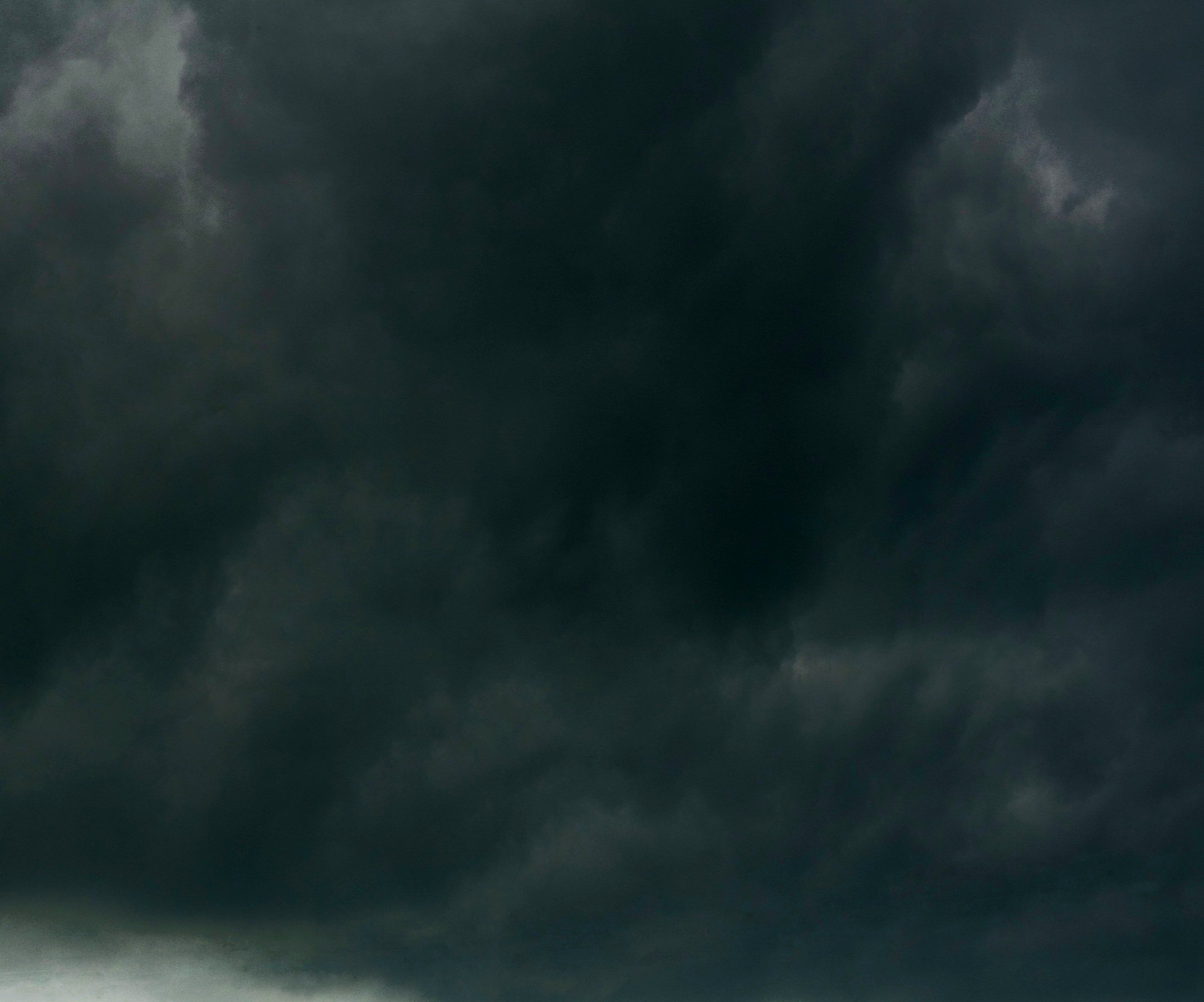
Comparisons
Climate breakdown is bringing obvious before-and-after changes to how we live with nature. Buildings need to be stronger and built with better materials. They must now also reflect the psychological need of providing emotional as well as physical security.
Comparisons between the former climate and our likely future can help sketch future requirements. Graphic contrasts can give a sense of the problem’s scale and the pace of oncoming changes.
The code-style stripe shows Houston heating since 1850. The graph shows a 6-degree (F) increase
Category-5 Far Exceeds Conventional Construction
CARBON DIOXIDE EMISSIONS
Wood-built homes rely on massive, carbon-heavy concrete foundations; by contrast, steel-structured Cat-5s sit on only a few widely-spaced piers
US steel comes from modern Electrical Arc Furnaces (EAFs) utilizing 95%+ recycled stock; structural steel’s carbon overhead is due to the energy used to make it, which in Texas and elsewhere is increasing beyond 40% from renewable sources (2025)
Due to their intensive use of concrete, the “carbon overhead” of typical wooden houses is 25%+ more than for a Cat-5 of similar size
STRENGTH & SURVIVABILITY
Cat-5s have,
Non-combustible, inorganic shells to defend against fire
Elevation to 60”+ to ride above floods and high water
Engineering to resist winds of up to Category-5 on the Saffir-Simpson Scale (157 mph)
THERMAL INSULATION AND PROTECTION
Outer walls with R-48 to R-54 insulation, and roofs with R-48+ insulation far exceed the R-19 and R-30 insulation required by building codes
Windows and glass doors are 100% aluminum-framed and fully insulated, with thermal breaks
Roofs configured with overhangs of up to 10 feet reduce sun exposure, generate cooling breezes and enable solar and rainfall harvesting
DURABILITY
The pictures below show why conventional building systems are outmoded in the era of climate change and breakdown. Cat-5s’ exterior materials usually carry up to 30 year manufacturers’ warrantees. Interior organic materials are 10”+ away from exterior surfaces. Conditions typical of Houston and the Gulf Coast are becoming common throughout the U.S., with dire outcomes for buildings that do not match these specifications, for homeowners and for communities that rely on stable property values.
Wooden structures require massive concrete foundations, but steel structures can be carried by only a few piers.

Please contact Category-5 using the form below
ABOUT CATEGORY-5
CATEGORY-5 is committed to building strong, durable and beautiful residences across America - houses built for the future not the past. Based in Houston, we’ve seen some of the worst that nature can dish out, and know what it takes to come out the other side.
“HIGHER THAN THE FLOOD, STRONGER THAN THE WIND”
713 . 398 . 5207

FLUKE STORMS

RISING WATER

FLOODED TOWNS

IRRECOVERABLE LOSSES

FIRES IN THE CITIES

BURNT TOWNS

MATCHSTICKS

CONCRETE-CARBON OVERHEAD

MOLD

MOLD






